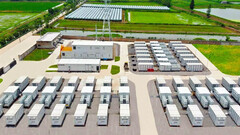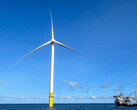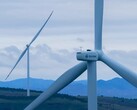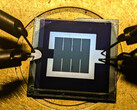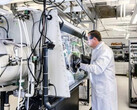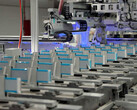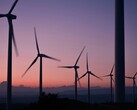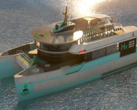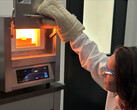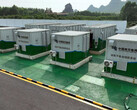The largest sodium-ion grid battery project so far has been put into operation as a harbinger of things to come for electric utilities.
They are now facing the ungrateful task of balancing the intermittent supply from renewables with energy storage systems on the cheap, and the affordable sodium-ion battery technology offers a way forward.
Sodium cells are closing in on the energy density of mass LFP batteries like the ones found in the Tesla Model Y and Model 3, or in popular power stations like the Anker SOLIX C1000.
The container energy storage project of HiNa Battery has been launched with the whopping 100 MWh capacity supplied by its sodium-ion cells developed with the help of government R&D grants.
As impressive as this number is, it's just half of the system's planned capacity. When complete, the Datang Hubei solar park's Sodium-ion Energy Storage Project will offer 200 MWh capacity at the cost of about $27.5 million spread over 30 acres, and that would be enough to keep the lights on at 24,000 households.
That is the first big sodium-ion energy storage demo project in China, and already the largest in the world, proving the viability of sodium-ion batteries as a grid-level solution.
There are many ongoing sodium battery projects in China now, both for electric cars and energy systems, while other companies struggle with scaling up production.
BMW, for instance, recently tore its sodium-ion EV battery delivery contract with Northvolt, after it became clear that the company wasn't in any way close to delivering the quantities that have been ordered.
Thus, the world's largest sodium-ion battery storage system that just came online is another sign that Chinese companies could at some point dominate the sodium cell industry as well.




